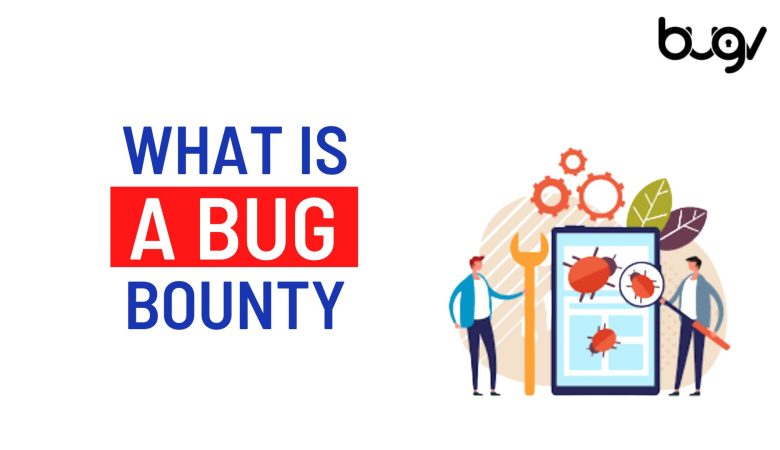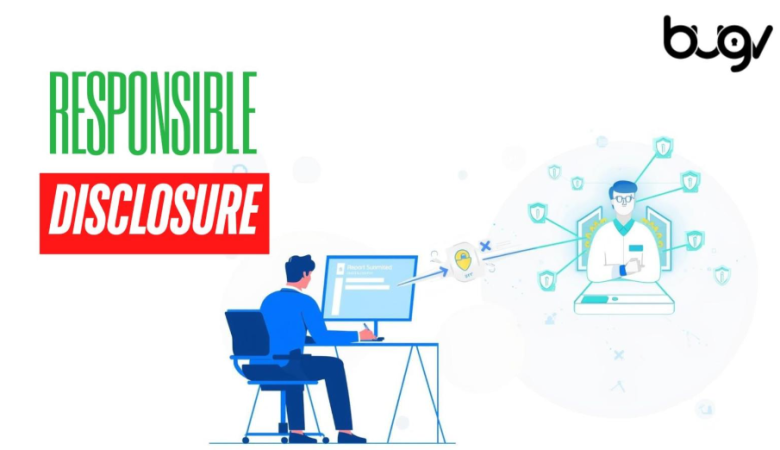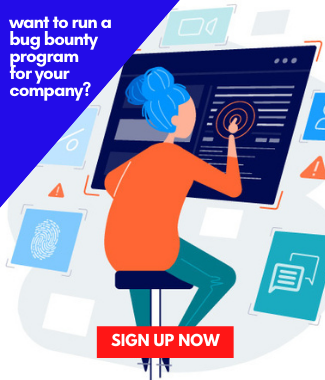Recently, I had the privilege of attending the Creator Mela, an event organized by the US Embassy Nepal to empower and motivate content creators from Nepal. The two-day digital conference featured 19 lectures and interactive workshops on topics such as brand-building, monetization, and mental health. I had a great time interacting with amazing content creators and learning about their challenges, experiences, and aspirations.


Photos: Courtesy of US Embassy
The organizers did an excellent job with panel discussions focusing on various aspects of content creation, such as idea generation, legal considerations, and finding a niche. However, I noticed one crucial aspect was missing: digital safety and security for content creators and their platforms.
Cyber threats are on the rise, targeting individuals and organizations across all sectors. Content creators, with their extensive online presence, are particularly vulnerable to these threats. In this article, we will delve into the common risks content creators face, the potential impacts of these risks, and, most importantly, how to stay safe and secure in the digital landscape.
Common Risks Content Creators Often Overlook

In pursuing creativity, content creators may inadvertently engage in risky behaviors that compromise their cybersecurity. Here are some common risks:
- Using Cracked/Pirated Software: Many content creators use cracked software for photo and video editing, believing it saves costs. However, cracked software often comes bundled with malware and spyware, which can lead to data theft and system compromises. It’s a risk that creators, including myself, might take without realizing the potential consequences.
- Phishing Attacks: Attackers frequently target content creators with phishing emails, posing as platform representatives or brands offering collaboration opportunities. These emails often contain malicious links or attachments and ask for login credentials or other sensitive information. Creators might receive emails claiming they are now eligible for verification on a platform, requesting their login details. Always verify the authenticity of such requests by contacting the platform directly through official channels.
- Weak Passwords: People often use simple passwords for convenience and tend to reuse the same password across multiple accounts. This practice, while easy to remember, significantly increases the risk of account breaches. Weak passwords, such as “123456,” “password,” or even your pet’s name, are easily guessable by cyber criminals. Additionally, attackers employ automated tools that can quickly crack simple passwords through brute-force attacks. Once compromised, these passwords can grant unauthorized access to your accounts, leading to potential data theft, loss of control over your digital presence, and other security issues.
- Ignoring Software Updates: Many people often postpone or ignore software updates for their devices and applications, viewing them as minor inconveniences. However, these updates are critical for security. They often include patches for newly discovered vulnerabilities that cybercriminals could exploit. By neglecting to update your software, you leave your systems exposed to attacks, potentially compromising your data and digital security.
- Public Wi-Fi Usage: Many content creators access sensitive accounts over public Wi-Fi for convenience. However, this practice can expose them to man-in-the-middle attacks, where attackers intercept and manipulate communications. Public Wi-Fi networks are often unsecured, making it easier for cybercriminals to eavesdrop on your online activities, steal login credentials, and gain unauthorized access to your accounts. To mitigate this risk, it is advisable to avoid accessing sensitive information on public Wi-Fi or to use a VPN (Virtual Private Network) to encrypt your connection and enhance security.
Potential Risks for Content Creators
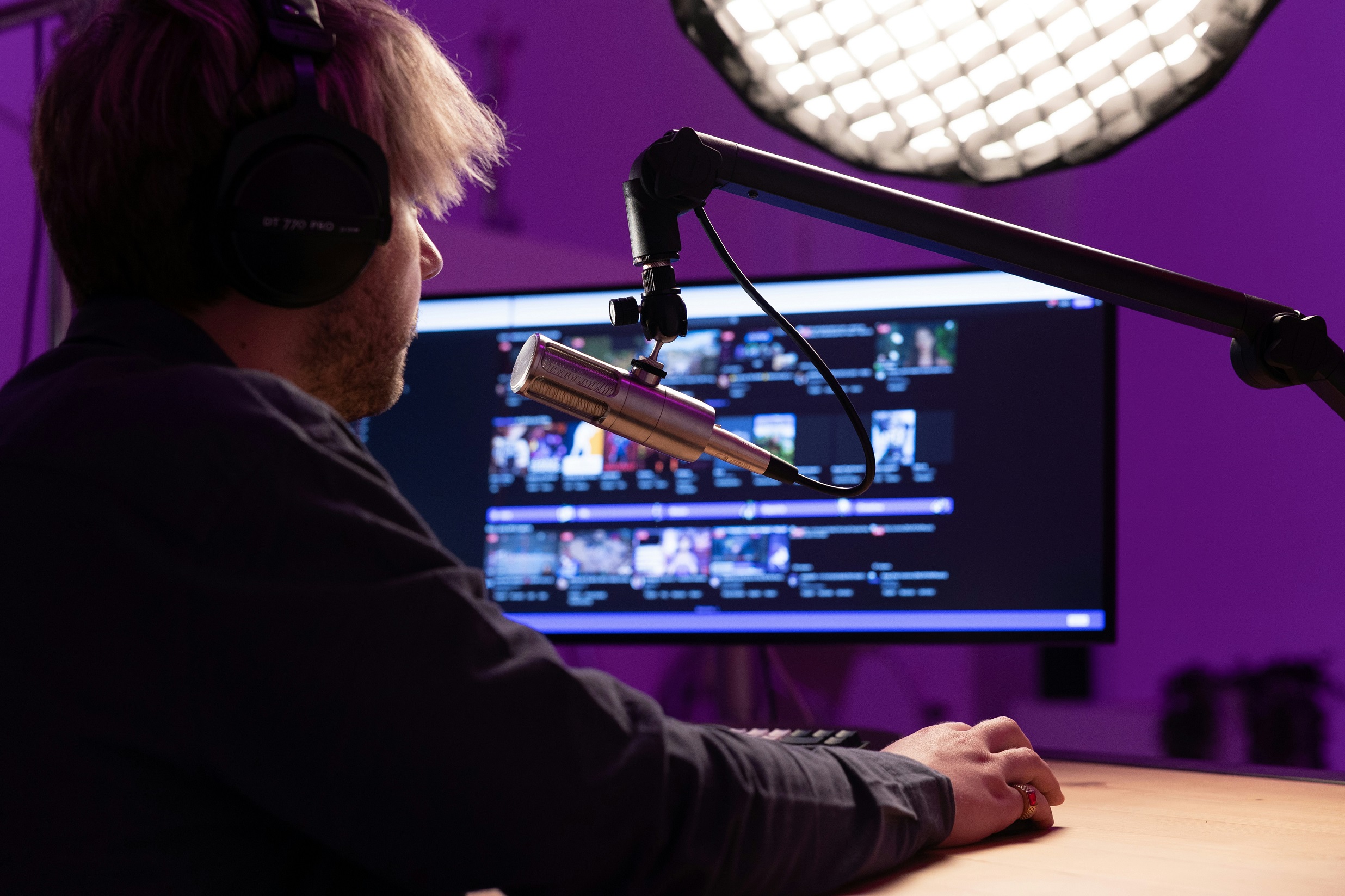
Content creators, while focusing on producing engaging content, often overlook the cyber threats looming over their digital presence. The primary risks include account hijacking, harmful comments, doxxing, and overstepping boundaries. These threats jeopardize the creators’ hard work and pose significant personal and financial risks.
-
- Account Hijacking: Account hijacking involves unauthorized access to a creator’s social media or content platform accounts. This can lead to loss of control over content, deletion of valuable data, and misuse of the account for malicious activities. Many high-profile creators have fallen victim to this, such as when prominent beauty YouTuber James Charles’ account was compromised, leading to the loss of thousands of dollars in ad revenue and sponsorship deals.
- Loss of Revenue: Compromised accounts can lead to a significant loss of monetization opportunities. Hackers can take control of your accounts, redirecting ad revenue, deleting content, or posting inappropriate material that can result in demonetization. This can disrupt your income streams and affect your financial stability.
- Legal Issues: There are potential legal consequences of a data breach, especially if it involves your audience’s data. Content creators are often responsible for protecting their followers’ personal information. If this data is compromised, you could face legal action, fines, and a loss of trust from your audience.
- Harmful Comments: Trolls and cyberbullies often leave harmful comments on creators’ content. These comments can damage the creator’s reputation, affect their mental health, and create a hostile environment for their audience. This constant barrage of negativity can lead to burnout and stress, impacting their creative output and personal well-being.
- Reputation Damage: Negative impacts on your brand can occur due to fake accounts or leaked information. Hackers may use your compromised account to spread misinformation, post offensive content, or impersonate you. This can erode the trust and credibility you’ve built with your audience, leading to long-term damage to your reputation.
- Mental Stress: The psychological toll of dealing with online harassment, impersonation, or data theft can be overwhelming. Constant threats, harmful comments, and breaches of privacy can lead to anxiety, depression, and other mental health issues. The stress of managing these threats while maintaining your creative output can significantly impact your well-being.
- Doxxing (Exposing Private Information): Exposing private information happens when someone shares your personal details online without your consent. This can include your address, phone number, or other sensitive information. For content creators, this can be extremely dangerous, leading to harassment and threats. A well-known example is YouTuber Keemstar, who faced serious harassment after his private information was leaked.
- Overstepping Boundaries (Intrusive Behavior): Sometimes, fans can become overly obsessed, displaying intrusive behavior that causes harm. This can lead to stalking, harassment, and even physical threats, endangering the personal safety of content creators. Popular Twitch streamer Pokimane has spoken out about her experiences with stalkers, highlighting the real-world dangers faced by creators.
Real Incidents of Security Breaches
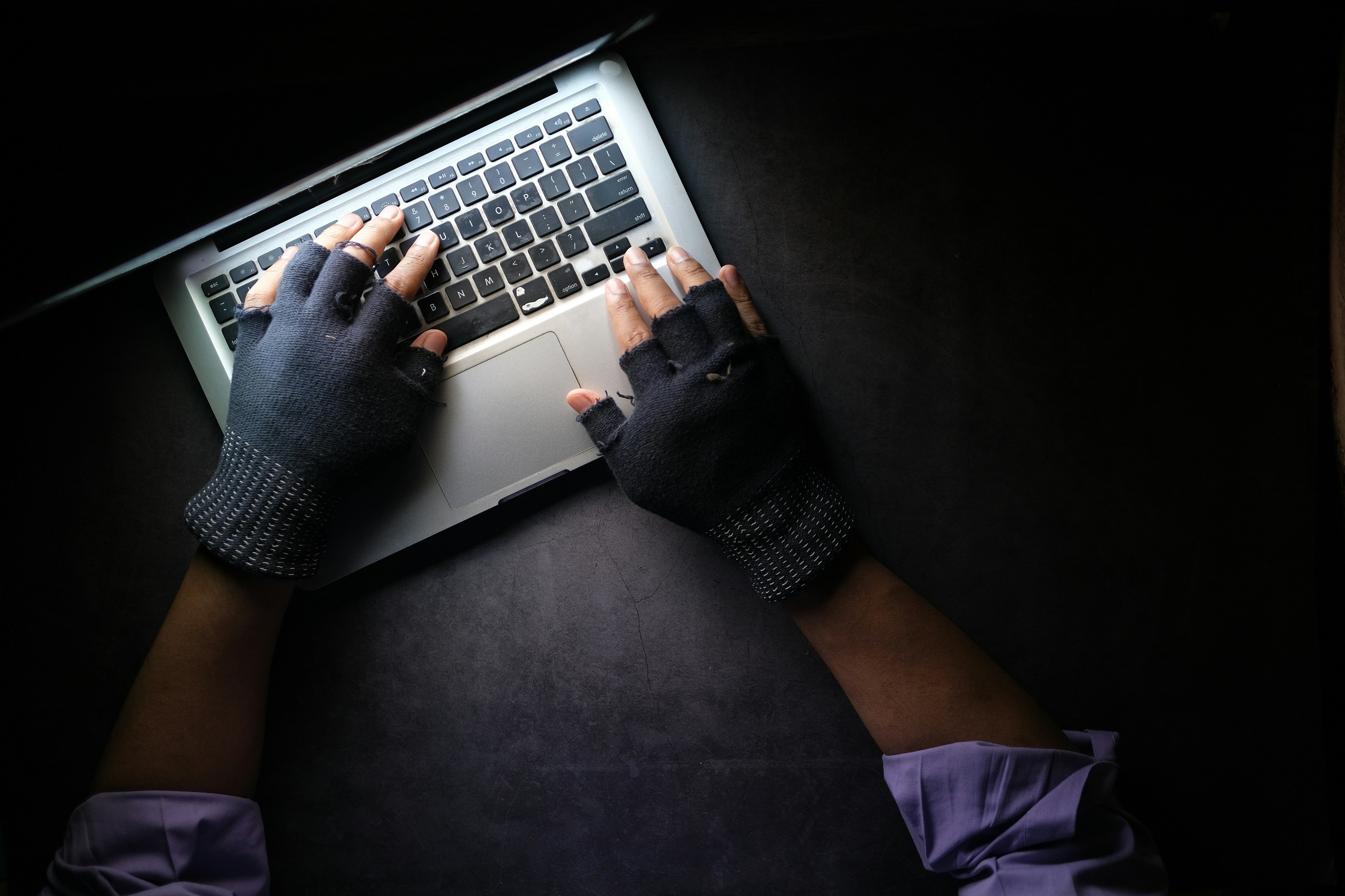
Several high-profile security breaches have exposed the vulnerabilities faced by content creators. These incidents serve as stark reminders of the importance of robust digital security measures. Here are some notable cases from which we can learn valuable lessons to prevent similar mistakes.
- Linus Tech Tips Hacking: The popular YouTube channel Linus Tech Tips, with over 15 million subscribers, was compromised after opening a malicious PDF from a non-verified brand offering a collaboration proposal. This incident underscores the importance of vigilance and skepticism towards unsolicited communication.
- Shane Dawson’s Twitter Hack: Prominent YouTuber Shane Dawson had his Twitter account hacked, resulting in offensive content being posted. This not only damaged his reputation but also required significant effort to resolve.
- James Charles’ Phone Number Leak: Beauty influencer James Charles experienced a security breach when his phone number was leaked, leading to incessant harassment and invasion of privacy.
- Fake Verification Emails: There have been instances where creators on instagram received fake emails claiming they were eligible for verification on a platform. After providing their login credentials, their accounts were hacked, causing significant disruption to their professional and personal lives.
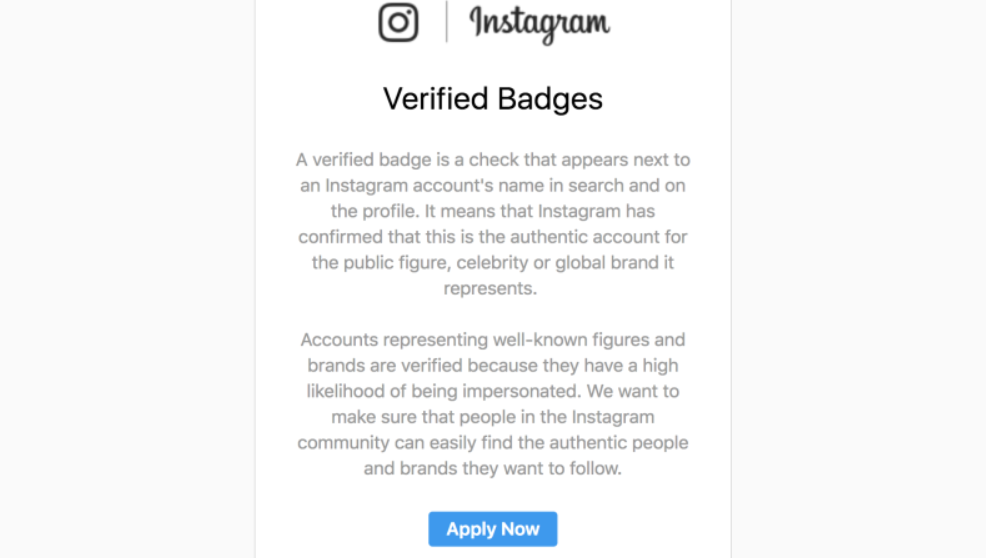
Example of Instagram verified badge phishing email.
These real incidents not only disrupt the creators’ professional lives but also affect their personal well-being. For more insights on cybersecurity and examples of breaches, you can check out the following references:
How to Stay Safe Online?
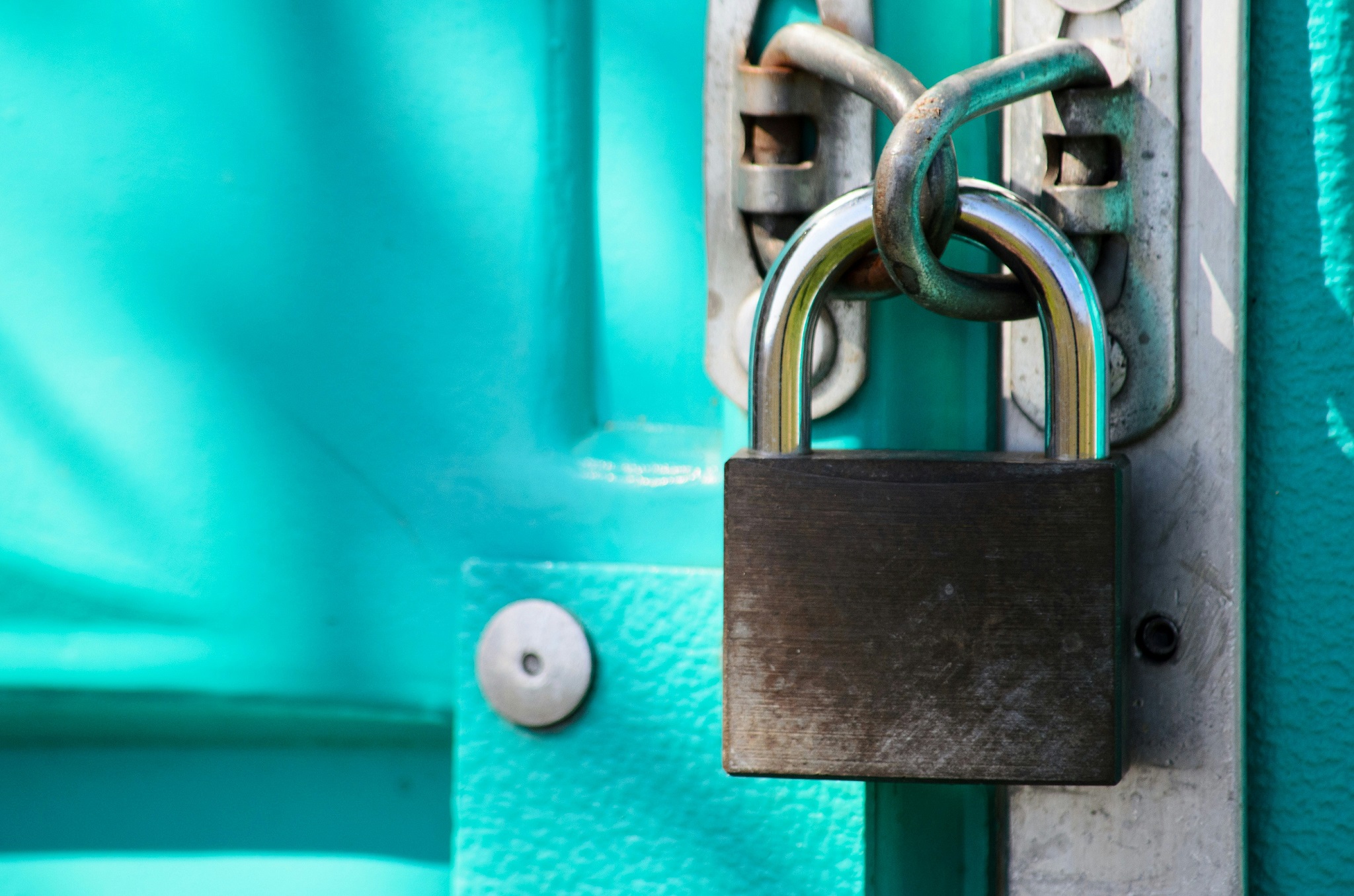
To safeguard against these threats, content creators can implement several cybersecurity measures. By taking proactive steps, creators can protect their digital presence, secure their valuable content, and ensure their personal and professional information remains safe from cybercriminals. Here, we discuss essential strategies to enhance your online security and maintain a robust defense against potential attacks.
- Apply Zero Trust Policy: The principle of “Never trust, always verify” should be your guiding mantra, regardless of whom you are interacting with. Whenever you receive deals, proposals, or any emails containing information related to your contracts or other sensitive matters, be cautious. Avoid directly downloading attachments in formats like PDF or DOCX. Instead, use a secure, verified method to open and review these documents. For example, preview attachments using your email service’s built-in tools before downloading, or use sandbox environments to open files safely. This approach helps prevent malicious files from compromising your system and ensures you maintain control over your digital security.
- Enable Two-Factor Authentication (2FA): Two-factor authentication adds an extra layer of security to your accounts. Even if a hacker manages to obtain your password, they would still need the second factor—typically a mobile device or a dedicated authentication app—to gain access. This significantly reduces the risk of unauthorized access and enhances the overall security of your online accounts. By enabling 2FA, you ensure that your digital presence remains protected, even if your primary login credentials are compromised.
- Use Strong, Unique Passwords: Utilizing strong, unique passwords for each account significantly reduces the risk of multiple accounts being compromised. Simple or reused passwords make it easier for cybercriminals to gain unauthorized access. A password manager can help generate and store complex passwords securely, ensuring that each of your accounts is protected by a robust and unique password. This practice is a fundamental step in safeguarding your digital assets and maintaining the integrity of your online presence.
- Be Skeptical of Unsolicited Messages: Creators should be cautious of unsolicited emails, messages, and collaboration proposals. Verifying the sender’s authenticity before engaging can prevent phishing attacks. Avoid opening attachments or clicking on links from unknown sources to mitigate the risk of malicious emails.
- Beware of Phishing Attacks: Attackers often send creators phishing emails, posing as platform representatives offering verification or collaboration opportunities. These emails may ask for login credentials or other sensitive information. Always verify the authenticity of such requests by contacting the platform directly through official channels.
- Regularly Update Software: Keeping your software and applications up-to-date is crucial for maintaining security. Updates often include patches for newly discovered vulnerabilities, which, if left unaddressed, could be exploited by cybercriminals. By ensuring that your operating system, antivirus programs, and all other software are regularly updated, you reduce the risk of security breaches and keep your digital environment secure.
- Monitor Account Activity: Regularly monitoring account activity can help detect suspicious behavior early. Most platforms provide tools to review login attempts and alert users of unusual activity.
- Educate Yourself and Your Team: Staying informed about the latest cybersecurity threats and best practices is crucial. Conducting regular training sessions for the team can help everyone stay vigilant.
- Be Wary of Fake Collaboration Proposals: Scammers often pose as brands or potential collaborators to lure creators into opening malicious attachments or providing sensitive information. Always verify the legitimacy of collaboration offers by checking the official contact details of the brand and avoiding deals that seem too good to be true.
- Backup Your Data: Regularly backing up your data ensures that you have copies of your important files in case of a cyber attack or hardware failure. Use cloud services or external hard drives to store backups and schedule automatic backups to keep your data safe and up-to-date.
- Secure Your Devices: Keep your devices secure by using strong passwords, enabling biometric locks, and keeping your software and operating systems updated. Install reputable antivirus software and firewalls to protect against malware and other threats. Always lock your devices when not in use to prevent unauthorized access.
- Be Cautious with Links and Attachments: Be wary of clicking on links or opening attachments in emails or messages from unknown sources. Phishing attacks often use malicious links and attachments to gain access to your personal information. Always verify the sender’s identity and avoid providing sensitive information through email. When in doubt, contact the sender directly through official channels to confirm the authenticity of the message.
- Don’t Use Pirated/Cracked Software: Investing in genuine software is crucial for your digital security. Pirated or cracked software often comes with hidden malware or security vulnerabilities that can be exploited by cybercriminals. Genuine software not only provides reliable performance and support but also receives regular security updates to protect against threats. By using legitimate software, you safeguard your system, protect your data, and ensure a more secure digital environment.
Additional Insights: Creators should also consider using Virtual Private Networks (VPNs) to secure their internet connection, particularly when accessing public Wi-Fi. Additionally, employing content moderation tools can help manage harmful comments and maintain a positive community environment.
What to Do If You Get Breached?
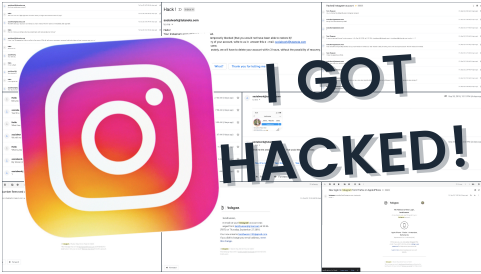
In the unfortunate event that your account gets hacked, it’s crucial to act quickly to minimize damage. Here are steps to take for different platforms:
If Your Facebook Account is Hacked: Follow Facebook’s guide to recover your account. Visit https://www.facebook.com/help/1216349518398524 for detailed instructions.
If Your Instagram Account is Hacked: Instagram provides a step-by-step process for account recovery. Check out their https://www.instagram.com/hacked/ for help.
If Your YouTube Account is Hacked: YouTube offers support for recovering hacked accounts. Visit https://support.google.com/youtube/answer/76187?hl=enfor guidance. Additionally,this NordVPN blog offers more insights on what to do if your YouTube account is compromised.
If you believe you have no other options to recover your hacked YouTube account, you can email your case details to ‘yr-partner-support@google.com‘ and ‘accounts-support-ara@google.com‘ for further assistance.
If Your TikTok Account is Hacked: TikTok has resources to help you recover a hacked account. Visit https://support.tiktok.com/en/log-in-troubleshoot/log-in/my-account-has-been-hacked for more information.’
If you need further assistance or support then do contact us via https://bugv.io/contacts/
General Steps for Any Account Breach
- Change Your Passwords: Immediately change the password of the compromised account and any other accounts that use the same password.
- Enable Two-Factor Authentication (2FA): If not already enabled, set up 2FA to add an extra layer of security.
- Check for Unauthorized Activity: Review your account for any unauthorized activity or changes and report them to the platform.
- Notify Your Contacts: Inform your contacts about the breach so they can be cautious of any suspicious messages from your account.
- Contact Support: Reach out to the platform’s support team for assistance in securing and recovering your account.
By taking these steps and staying vigilant, you can help protect your online presence and recover swiftly if a breach occurs.







